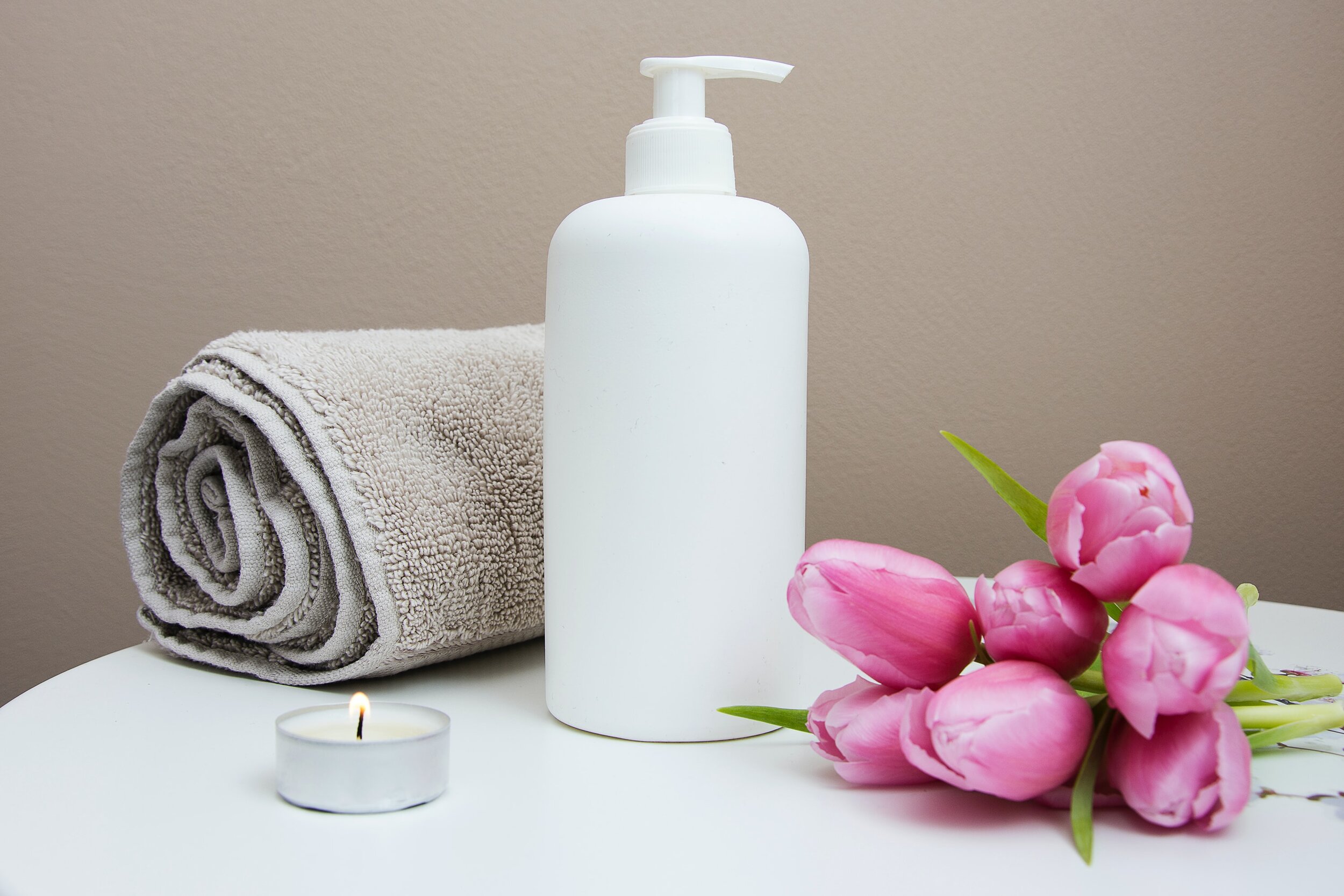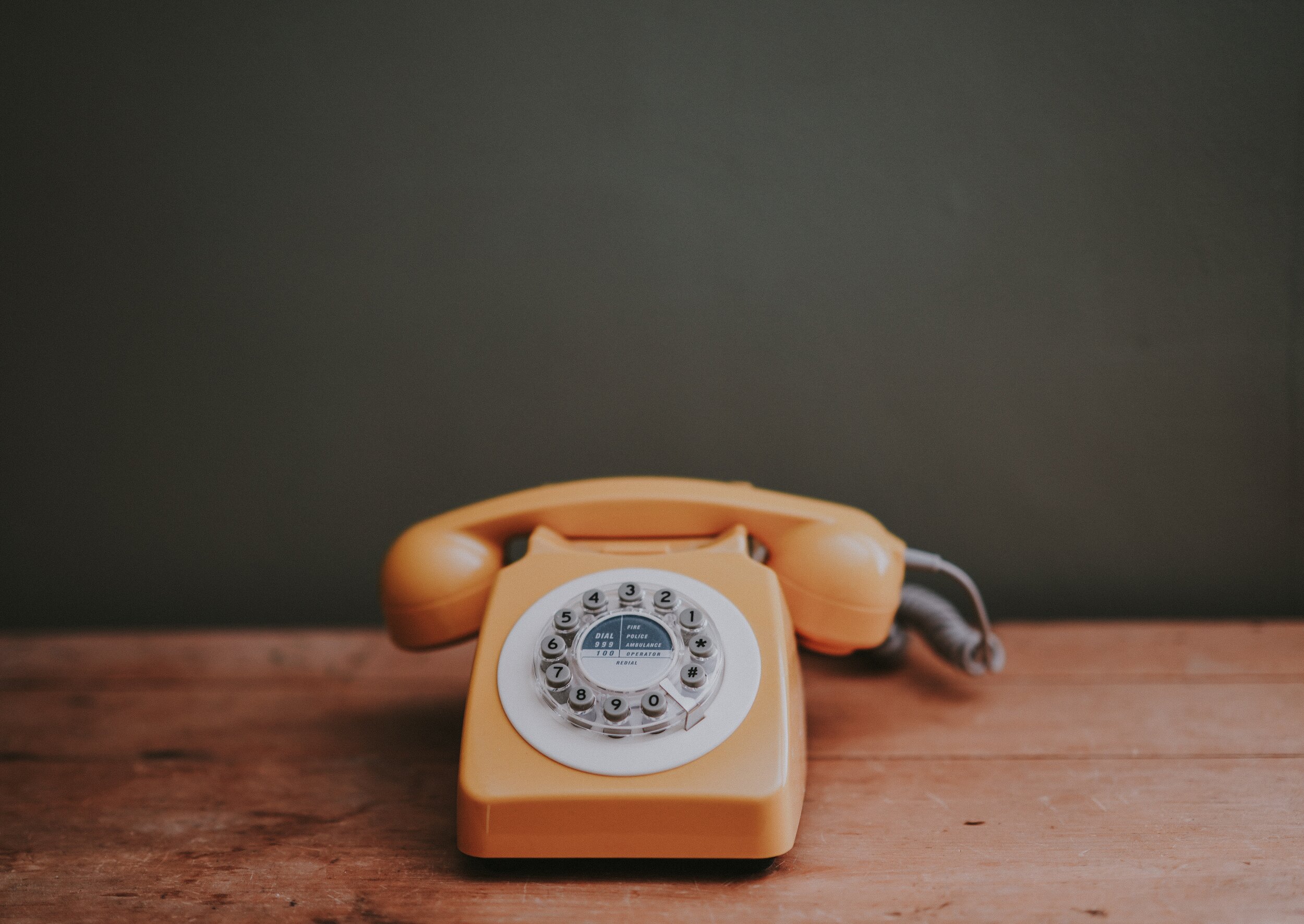
The following section walks you through a typical appointment and answers some common concerns.
the intake
When you book your first appointment online, you’ll be prompted to fill out a brief health history. When you arrive, we’ll review this form and ensure that reflexology is the right choice for you. You will also be asked to electronically sign an informed consent form.
I’ll explain how reflexology works and what to expect in the session. I’ll also inform you that reflexology does not treat specific illnesses and is not a substitute for medical treatment.
It is okay, and even expected, for you to ask questions. You should feel comfortable communicating any questions or concerns.
starting the session
If we choose to work on your feet, you will lie or sit down, remaining fully clothed except for your shoes and socks. I may wash your feet and soak them in warm water, then position them at my chest level.
I will begin by assessing your feet for open wounds, rashes, sores, plantar warts or bunions and will ask you about any foot or leg pain that could hinder treatment.
Generally a session lasts around 60 minutes. You can rest or talk during the session at your discretion. If you fall asleep during the session, you will still receive the benefits of the treatment.
the focus of the session
Regardless of your health condition(s) (for example, migraine, nausea, sciatica, etc.), I focus on the entire pattern of the reflexology therapy, starting at the toes and working down the foot. A complete reflexology therapy session uses many different techniques and includes all of the points on both feet (and perhaps the hands and ears).
By working all of the points, the we address internal organs and glands as well as muscle groups, bones, nerve ganglions (solar plexus, brachial plexus) and nerves (sciatic) during a session.
If you have a specific condition, such as migraines, I will carefully feel and work the area corresponding to the presenting problem. However, I will also work all areas of the foot with gentle pressure, because, according to reflexology theories, this allows the nerve pathways and congestion to release and promotes the relaxation response for the entire body.
the end of a session
We will end the session with a series of deep breaths. The important aspect is for you to feel comforted and nurtured.
Now that the session is complete, you should not feel rushed. Gently bring yourself back into the present moment, and orient yourself. As you feel comfortable, gather yourself and your belongings to leave.
I always recommend that you drink water, rest if necessary, and pay attention to your body in the next few hours. If any questions or concerns arise, please get in touch.
Feedback during the session is encouraged, and of course, you can request that the session stop at any time.

How pain and discomfort is handled
The first thing to understand is that the reflexology stimulates the nervous system to do the work of balancing and releasing; it is not the therapist who "fixes" discomfort. In other words, “releasing pain" is not the model; the goal is rather to bring the whole body into balance, and then the pain will subside.
If I find pain, congestion, or tightness during the session, I will apply pressure to work on bringing the body back into balance.
I can return to that area or spot at the end of the session, confirming the pain has released. Throughout the session, the I will stay present, grounded, and in a calm and centered state of awareness.
what reflexology feels like
Experiences with reflexology sessions vary from a general feeling of relaxation, to a sense of "lightness" or tingling in the body, as well as feelings of warmth, a sense of "opening," or "energy moving" from the practitioner's pressure to the specific body area or organ. There is often a physical perception of energy flowing through every organ, valve, gland, or muscle, as well as a sense of communication between each body system.
Other reactions during the session range from physical to emotional and may include:
✔ Perspiration of hands or feet ✔ Sensation of being cold or chilled ✔ Feeling light-headed ✔ Coughing ✔ Laughing ✔ Crying ✔ Sighing deeply ✔ Overwhelming desire to sleep ✔ Disappearance of all pain and discomfort ✔ Loose, relaxed muscles and organs ✔ Thirst ✔ Rarely, contraction of muscle groups (pain)
after a reflexology treatment
Various reactions may occur following a reflexology session. These, too, are subtle, and are often not recognized by many people as a result of the reflexology therapy. Many of the reactions are positive signs that the session is part of a healing process; other symptoms are indicative of the body's attempts to return to a state of balance and harmony. Symptoms usually last for 24-48 hours.
Reactions to reflexology treatment may include:
✔ Increased energy ✔ Enhanced sleep ✔ Relief from pain ✔ More mobile joints ✔ Tiredness ✔ Skin rashes, pimples, or spots (due to elimination of toxins) ✔ Kidney stones passed with ease ✔ Frequent bowel movements, diarrhea (cleansing, elimination of toxins) ✔ Increased mucus (nasal discharge, vaginal discharge) ✔ Emotional or psychological release (crying)



